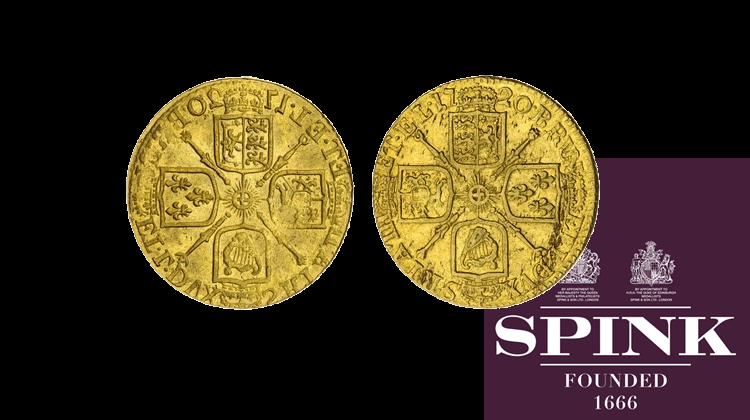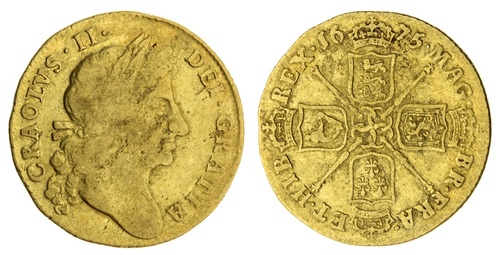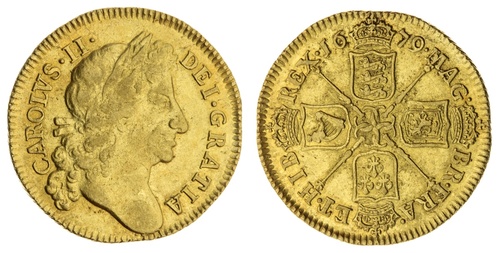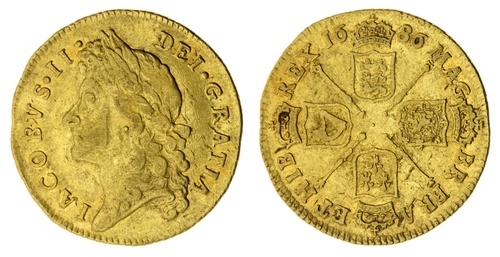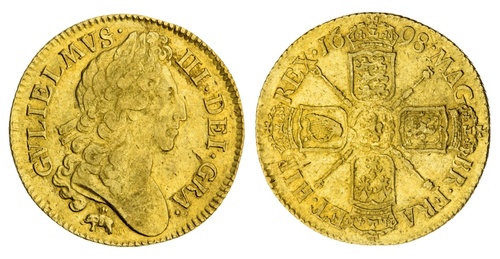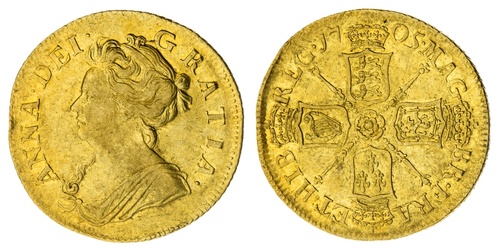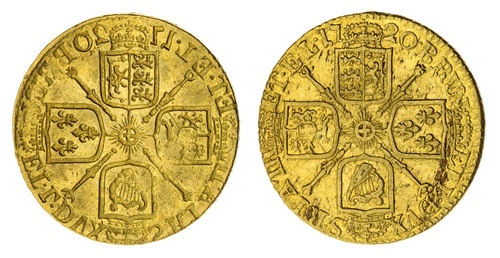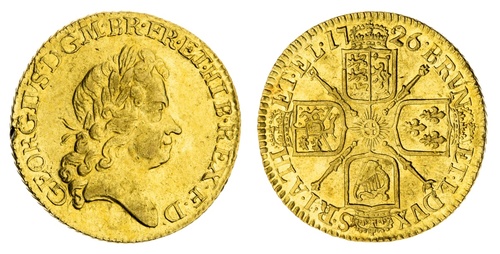Spink sell Ellerby hoard for £754,000
Spink sell Ellerby hoard for £754,000
On 7th October, Spink sold the Ellerby Hoard of 266 gold coins, which date from James I to George I. The total purchase price, including fees, was £754,000 smashing the pre-sale estimate of £200,000 – £250,000. The auctioneer, Gregory Edmund, called the final sale price “absolutely extraordinary“. He added “I will never see an auction like this again“
As you can see from my selected lots below, individual coins sold for well above their estimate. Of particular note is Lot 241, a reverse brockage Guinea of George I which sold for £52,000 against an estimate of £3,000 – £4,000.
The full catalogue can be found here. There is a buyer’s premium of 20% (plus VAT) on the hammer price.
The full story of the find and how it came to auction is given below:
Finding the hoard
The other half may have been gently persuading you to do some renovations to the home for some time. When you do get round to it, you sometimes get an unexpected surprise ; perhaps and old newspaper behind the skirting or a note on the wall when you peel of the old wallpaper.
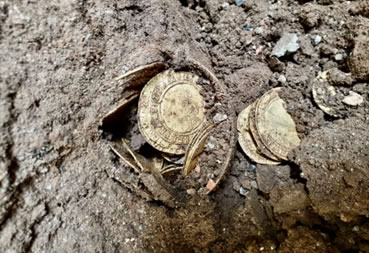
In 2019, a couple in the Ellerby area of North Yorkshire decided to replace their kitchen floor. Imagine their surprise when they found an earthenware cup, full to the brim with gold coins.
Mr Edmund said: “Picture the scene: you’re choosing to re-lay your uneven kitchen floor, you put a pick-axe through the concrete and just beneath you see a tiny sliver of gold. At the time, you think it must just be a bit of electrical cable, but you find it’s a gold round disc and beneath it there are hundreds more.“
Spink
In July 2019, the finders, who wish to remain anonymous, contacted Gregory Edmund at Spink and told him that they had found ‘gold, shiny and yellow coins that came from the earth’.
They met up at a secret location in York and Gregory says “They had these canvas bags and were just counting the coins out – when I saw 35 gold coins from the reign of Charles II I realised this was quite special.They were spilling out of this tiny cup that was smaller than a can of Coke. They were so many handmade coins from pre-1660, along with machine-made ones as the former were phased out in the 1690s, all mixed in together, which is very unusual. There was a Portuguese Brazilian coin (which was accepted tender in England at the time) – the whole hoard was beyond special, unique and a moment when I pinched myself. “
PAS
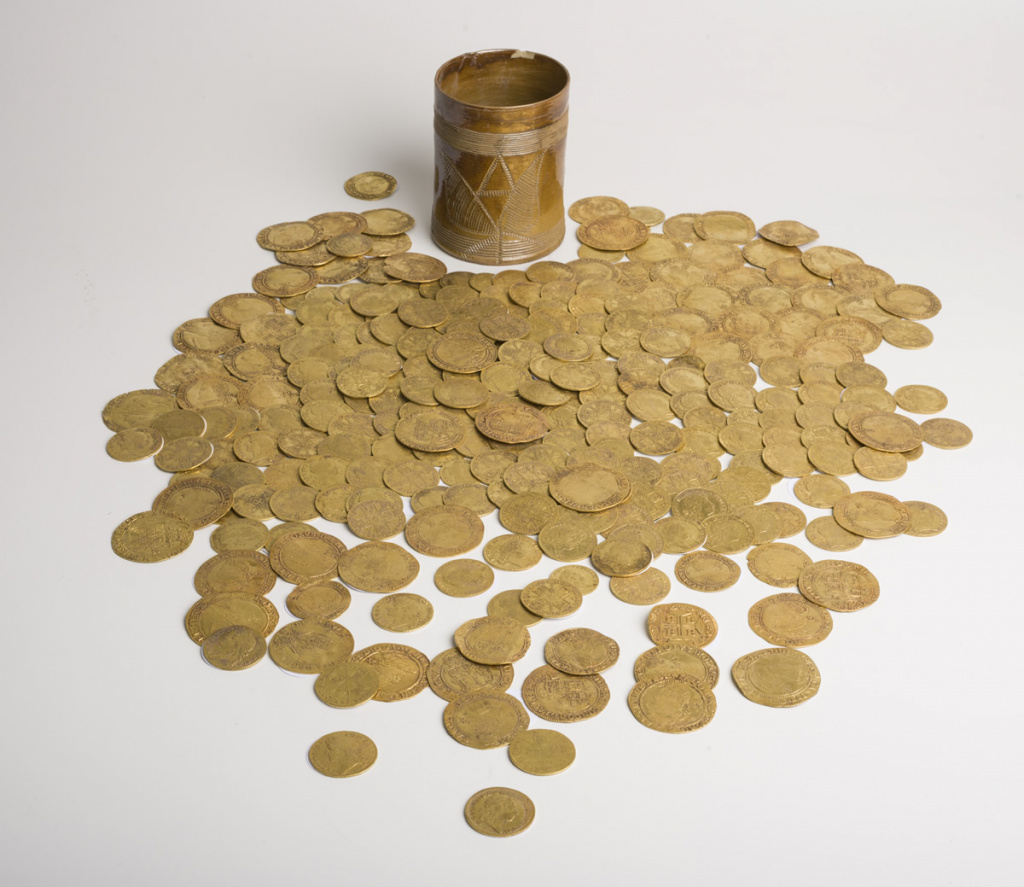
The hoard was reported to the PAS and recorded as YORYM-18E848. The report says that no comparable hoards are known for Yorkshire.
Treasure
There seems to be some confusion over the Treasure status of the hoard with some reports saying that they did not qualify as Treasure. The Treasure Registrars said “Some misleading press reports about this hoard … Articles failing to mention that they were reported under the Treasure Act, or implying that they didn’t meet the criteria for Treasure. In fact the hoard was reported to the Coroner and declared Treasure – the oldest coins are more than 300 years old and make the rest of the hoard Treasure by association (and also, the deposit is Treasure because it would have met the criteria under the old common law) which has no cut-off for age. The majority of the coins , and vessel, were disclaimed because no museum wished to acquire them, but the British Museum is pursuing acquisition of one of the coins (Portuguese 4000-Reis) through the process.
Ellerby hoard
Nearly all of the 266 coins are the “pound coin” of the day. Given the date of the newest coin the earliest date for the deposition of the hoard is 25 March 1727. An unusual inclusion is a 4,000 Reis of Jõaõ V of Portugal from 1721, which was legal tender in England at the time; it was good for 27 shillings.
Fernley-Maisters
An unusual feature of the hoard is identity of the original owners is known – the Fernley-Maisters. They were possibly the most influential family in Hull, both as traders and later as politicians. What is not clear is why the family chose to hide the hoard although the usual reason is that it is a period of political or economic instability.
As the first coin is from the the reign of James I, perhaps the reason for the collection is that it just became a tradition in the family for a hundred years or so to put a gold coin in the pot on some special occasion.
Selected lots
A coin from each of the reigns present in the hoard

